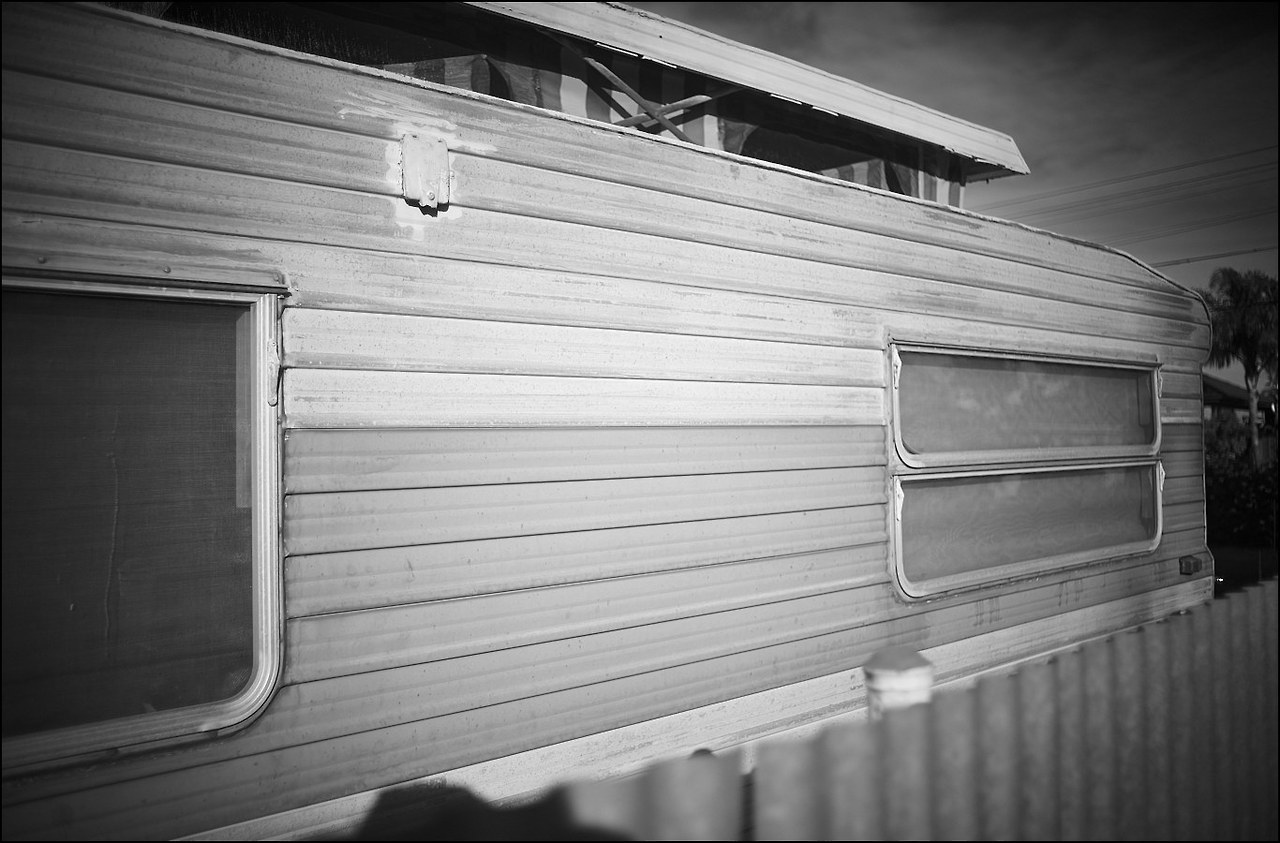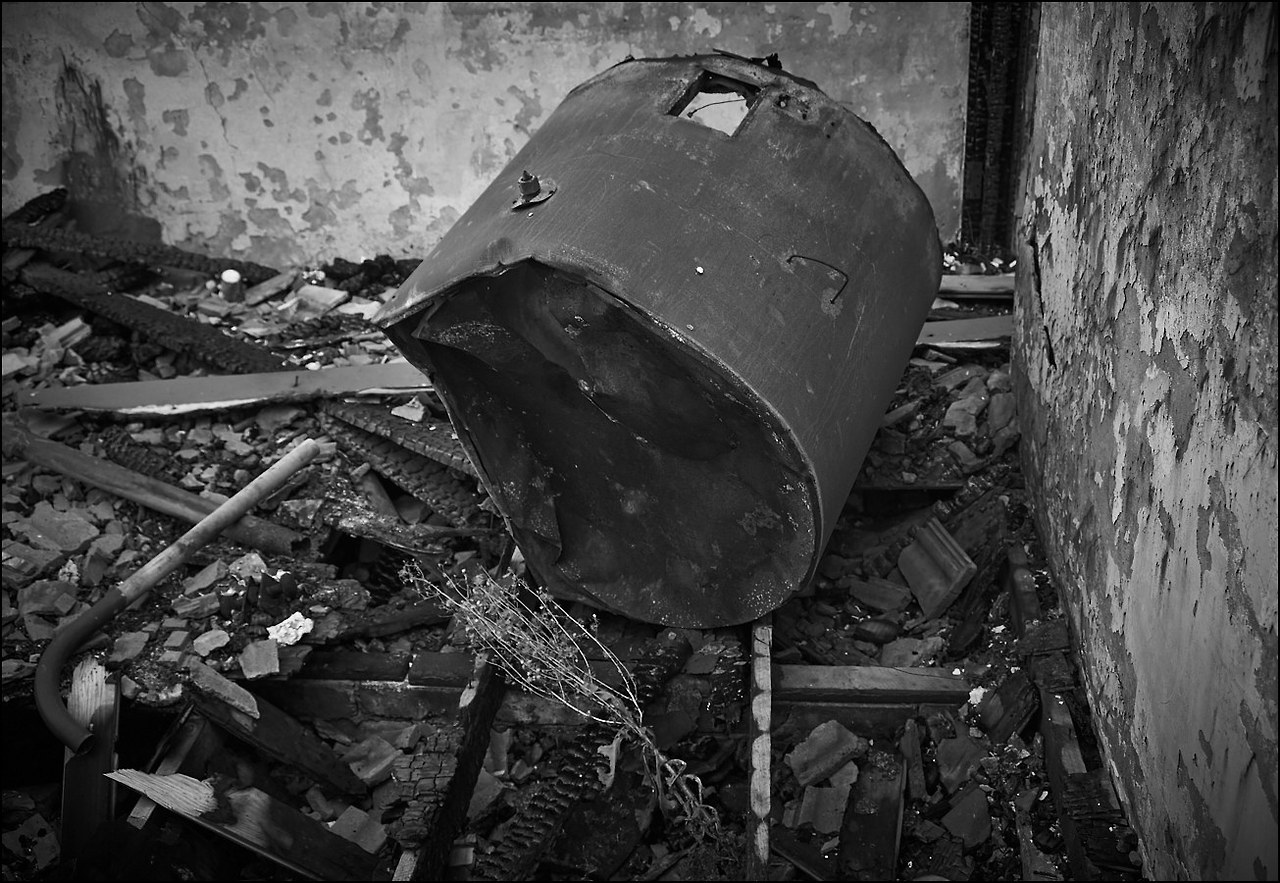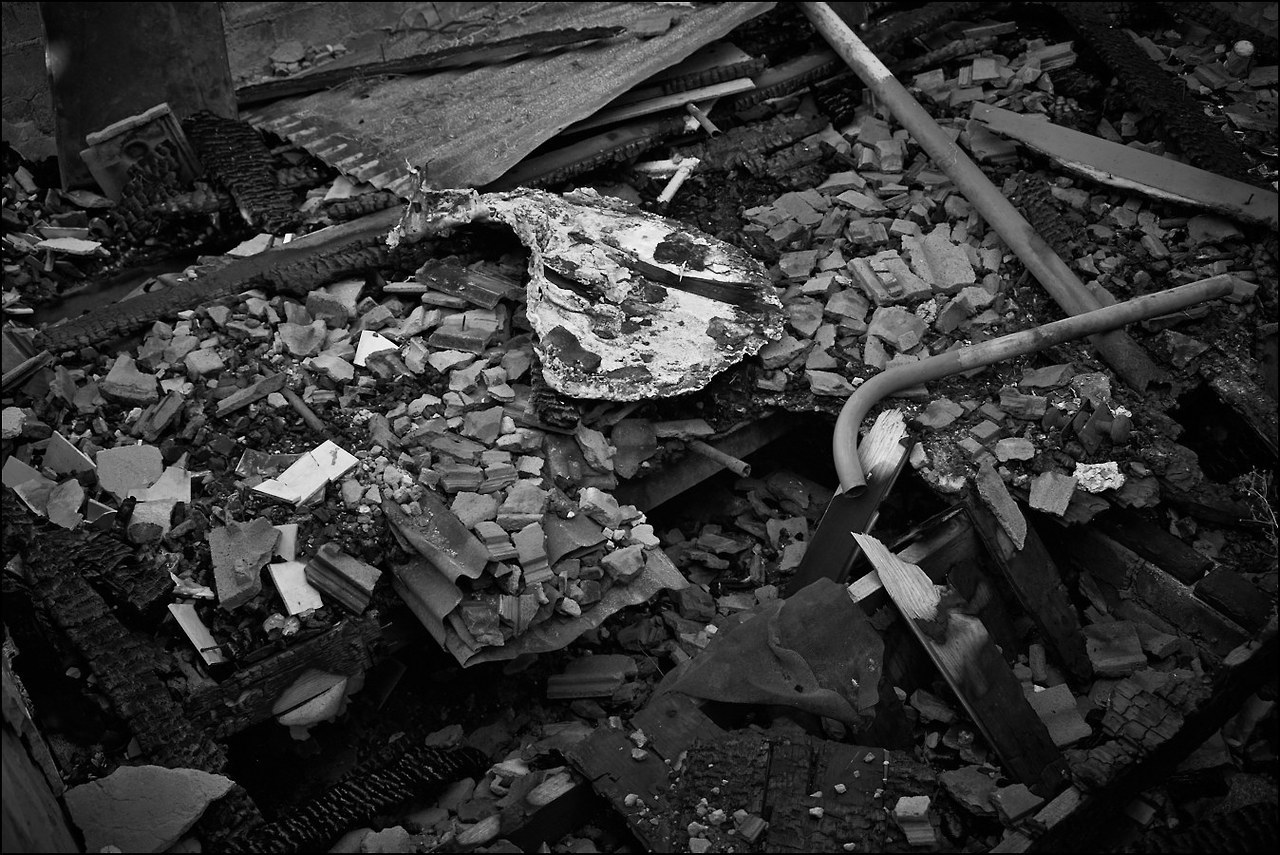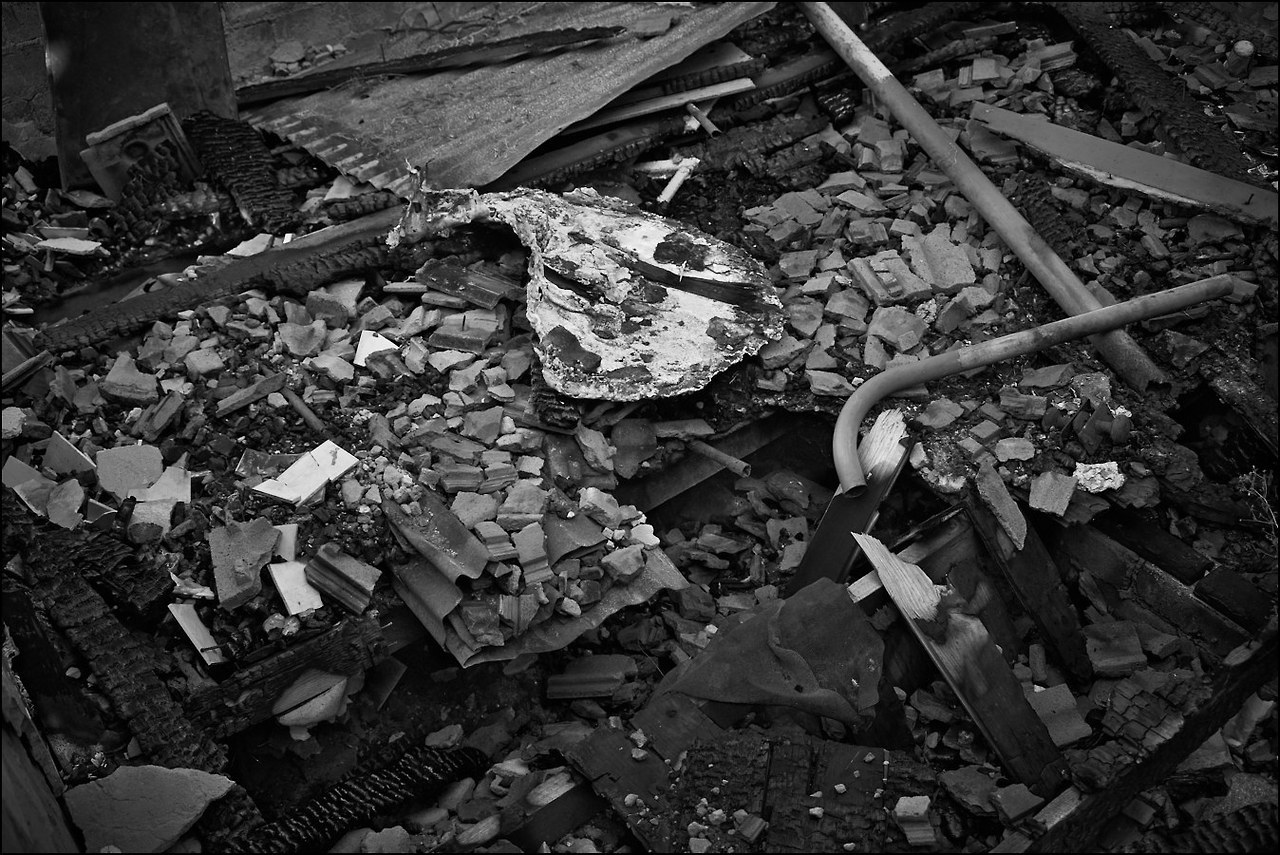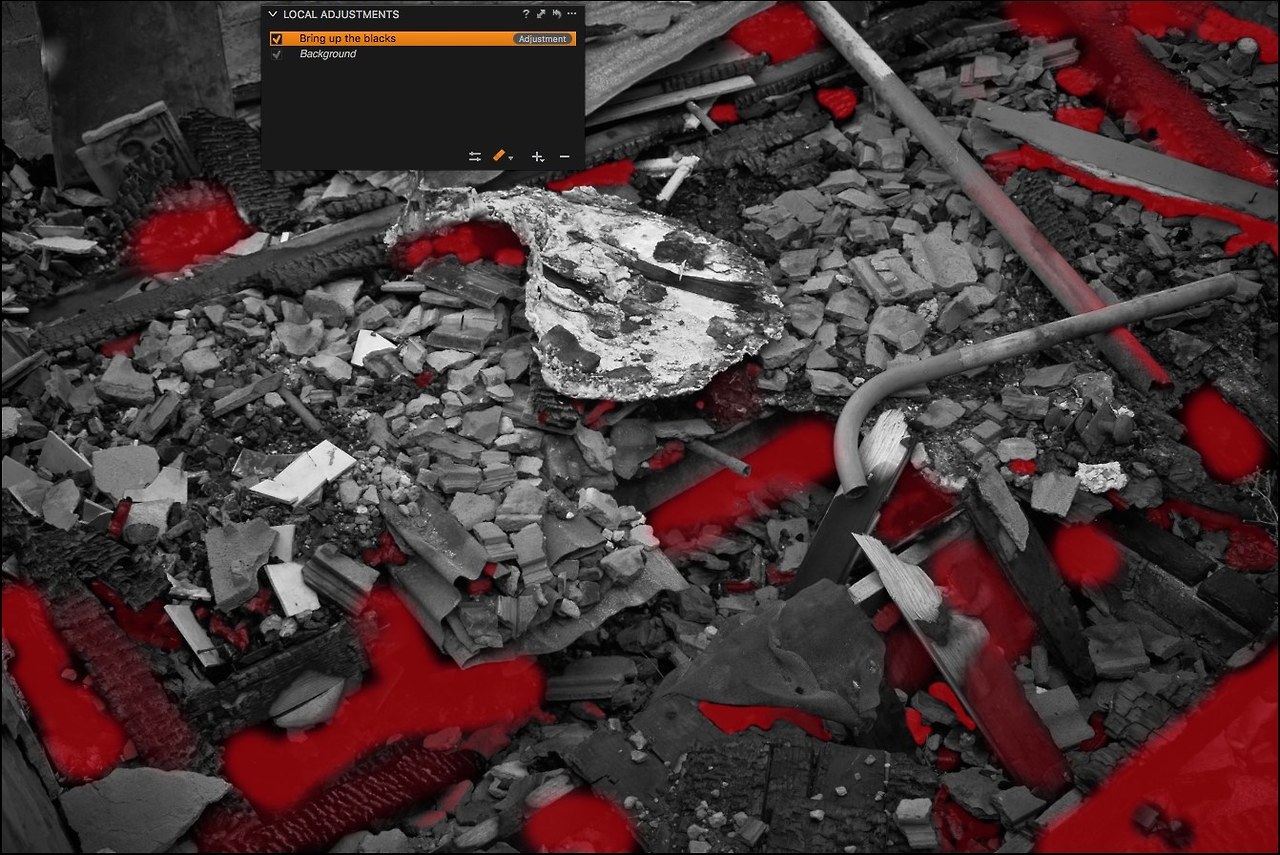A7R / Cambo Actus / Sigma 24/f1.4
Last weekend, one popped up on their outlet site -- which is a rarity, as this is the first time I've seen one listed since last December, when I started monitoring the site -- and as I have been curious about how much benefit there is to focusing and composing with an f1.4 lens versus an f2 one, I bought it.
Sigma offers a 15-day evaluation period, so I can return it if I'm not happy (as I have with the 12-24/f4.5-5.6 zoom, because it was too slow and dark for my purposes, and also the 20/f1.4, because the built-in lens hood severely limited the size of its image circle) and am only risking the $15 it will cost to ship it back to them.
Not only is it smaller and lighter than the Sigma 24-35/f2 zoom I've been using exclusively for the past several months, but its extra stop of speed makes focusing and composing the kind of nighttime photos I typically take noticeably easier. This is particularly true because, unlike the 24-35/f2 zoom, there's no focus shift that I could see when focusing with the aperture wide-open then stopping down to the taking aperture. (Not only is the 24-35/f not a parfocal design --
i.e., it shifts focus whenever the focal length is changed -- but it also shifts focus whenever the aperture is changed, too.) The 24/f1.4's image circle is also huge (relatively speaking, of course), as there is at least 10mm of movement available in every direction when the lens is stopped down to approx. f8 before the hard vignetting starts. (Unfortunately, with my present adapter setup, it's difficult to determine the exact aperture being used. But by watching the shutter speed change as the lens is stopped down and calculating backward using that data, I can determine the taking aperture to a fairly close approximation.)
Alas, while I do prefer using wide and ultra-wide lenses for my nighttime photography, I wasn't really feeling a 24mm perspective last night, so only took a small number of photos over the two hours I was out. I don't think I can live with a lens quite this wide for every photo, so if I do keep it, then it will need to be paired with one that's a little bit longer.
As coincidence would have it, though, there was a 35/f1.4 ART lens in a Nikon mount available this morning on Sigma's outlet site, so I bought that one, too. Unfortunately, given my present financial circumstances, I cannot justify keeping all three lenses, so one or more of them will ultimately have to go...
